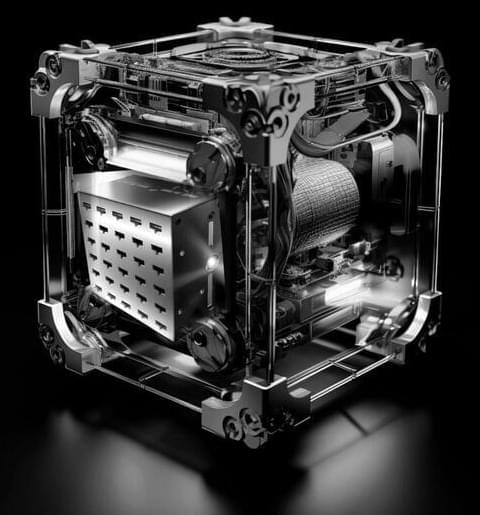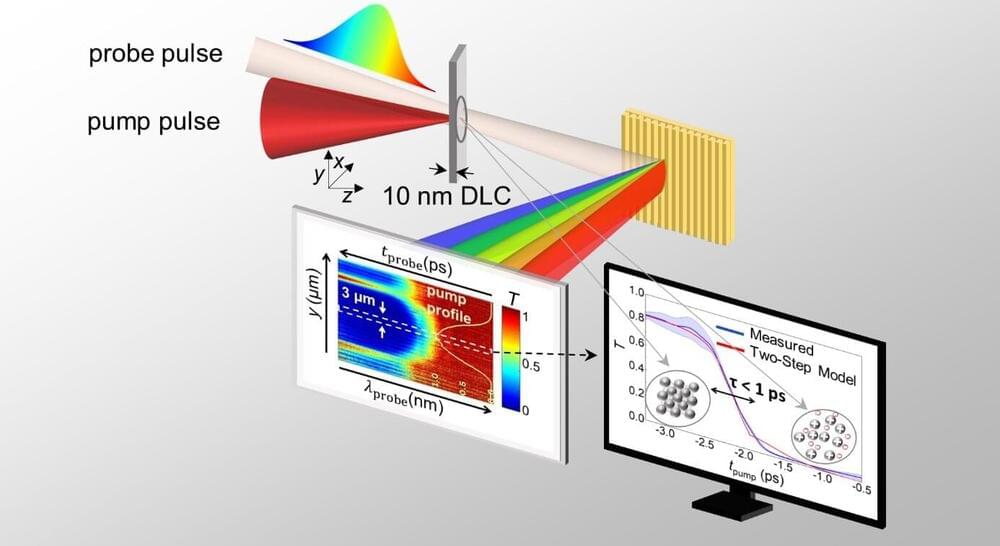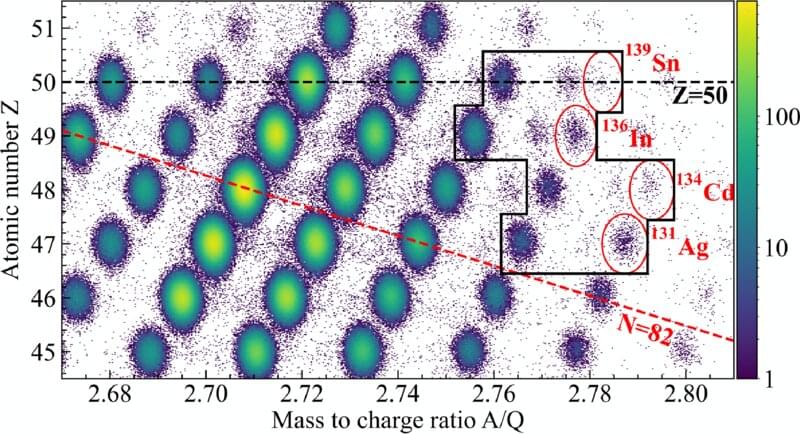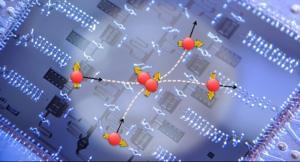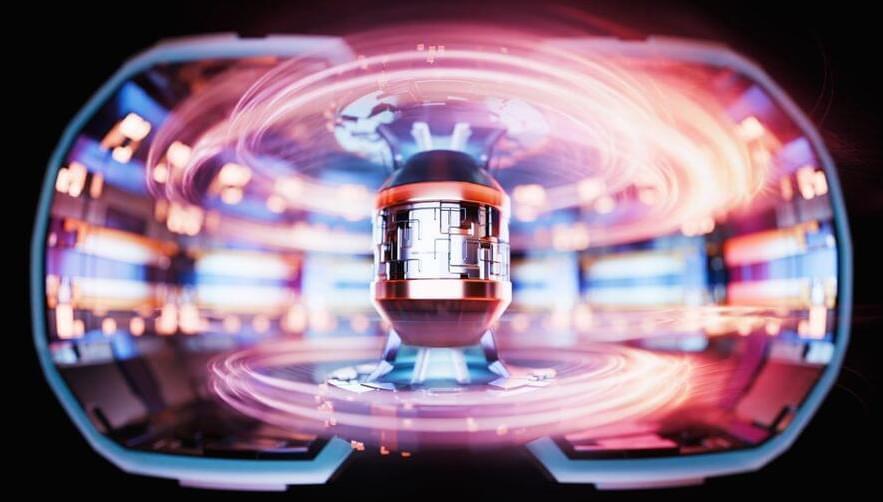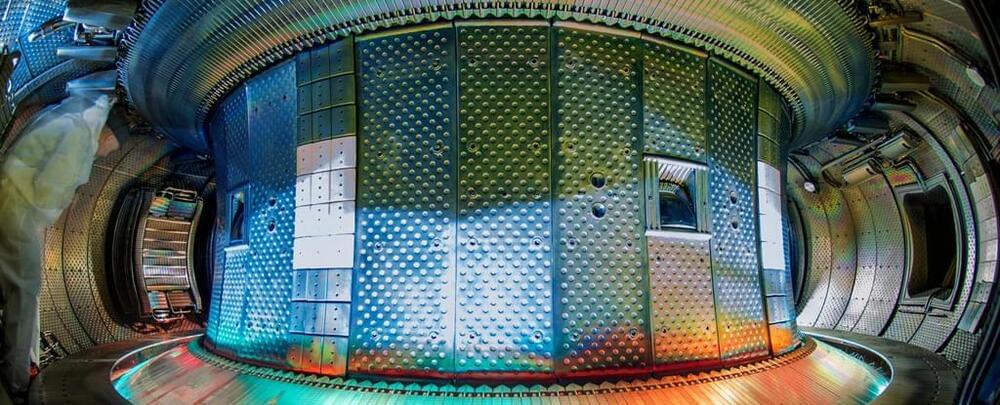A fusion reactor in southern France, called WEST, just achieved an important milestone that brings us one step closer to clean, sustainable, nearly limitless energy.
Scientists at New Jersey’s Princeton Plasma Physics Laboratory, who collaborated on the project, announced today that the device created a super-hot material called a plasma that reached 90 million degrees Fahrenheit (50 million degrees Celsius) for 6 straight minutes.
The ultimate goal is to sustain a super-hot plasma for many hours, but 6 minutes is a new world record for a device like WEST. Other nuclear reactors similar to WEST have created hotter plasmas, but they haven’t lasted as long.
